Rotary Vane vs. Rocking Piston Compressors: What’s the Difference?
When choosing the right vacuum pump or compressor for your application, understanding the differences between technologies is key. Two common types—rotary vane and rocking piston compressors—are often used in similar environments, but they work in fundamentally different ways. Here’s a breakdown to help you understand their core differences, performance characteristics, and ideal use cases.
How They Work
Rotary Vane Compressors
Rotary vane vacuum pumps use a rotor with multiple blades (vanes) that rotate inside a circular housing. As the rotor spins, centrifugal force pushes the vanes outward against the cylinder wall. This creates sealed chambers that compress air or gas as their volume decreases during rotation. The result is a smooth, continuous flow of vacuum or compressed air.
Rocking Piston Compressors
A rocking piston compressor operates like a hybrid between a piston and diaphragm design. The piston moves in a rocking (tilting) motion inside a cylinder, drawing in and compressing air in a back-and-forth motion. It’s a variation of a reciprocating compressor, designed for compact, oil-free efficiency in lighter-duty or intermittent applications such as HVAC systems, medical devices, and portable equipment.
Key Differences
| Feature | Rotary Vane | Rocking Piston |
|---|---|---|
| Motion Type | Rotary | Reciprocating (rocking) |
| Air Flow | Smooth and continuous | Pulsating (but can be dampened) |
| Noise Level | Typically quieter | Louder, especially at higher pressure |
| Durability | Long lifespan with proper maintenance | Fewer moving parts, but wear depends on duty cycle |
| Best For | Continuous-use, industrial or laboratory vacuum applications | Compact systems, light-duty tasks |
When to Use Each
Use a Rotary Vane Compressor when:
-
You need steady, continuous airflow or vacuum
-
The application involves industrial manufacturing, scientific labs, or vacuum packaging
-
You require high performance, long runtimes, and strong suction capacity
Use a Rocking Piston Compressor when:
-
You need a compact, oil-free solution
-
The system operates intermittently or has lighter airflow demands
-
You prioritize low maintenance and cost-effective performance
Final Thoughts
Choosing between a rotary vane vacuum pump and a rocking piston compressor depends on your performance needs, operating conditions, and maintenance preferences. Rotary vane compressors are best suited for continuous-duty, high-efficiency environments, while rocking piston models offer a space-saving, reliable alternative for less demanding tasks.
Still unsure which one is right for you? Reach out to our team—we’re happy to help you match the right compressor or pump to your exact needs.


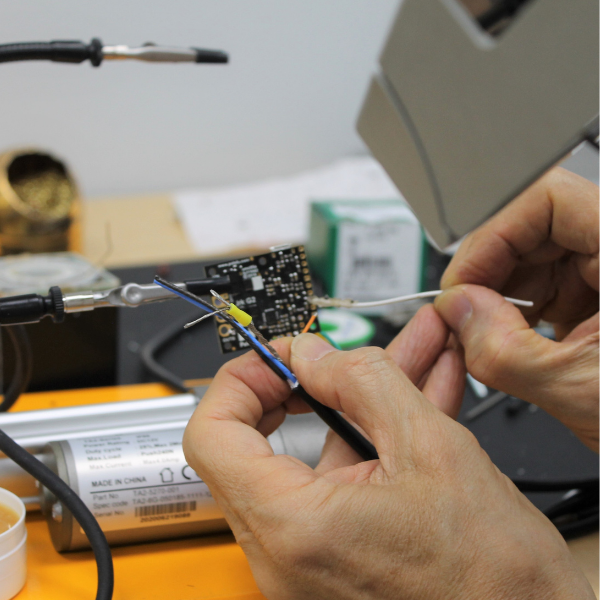
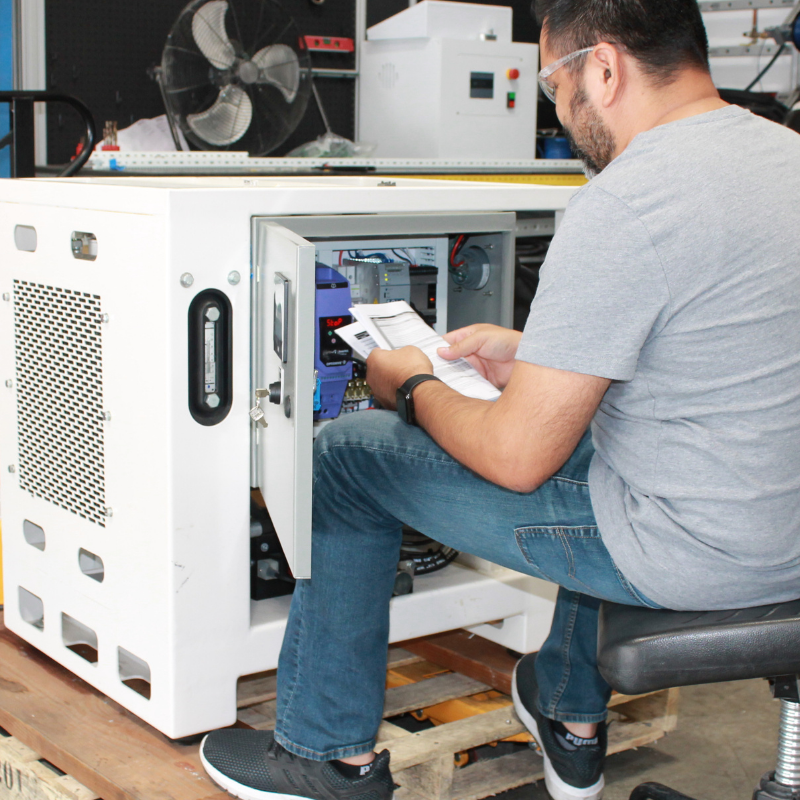
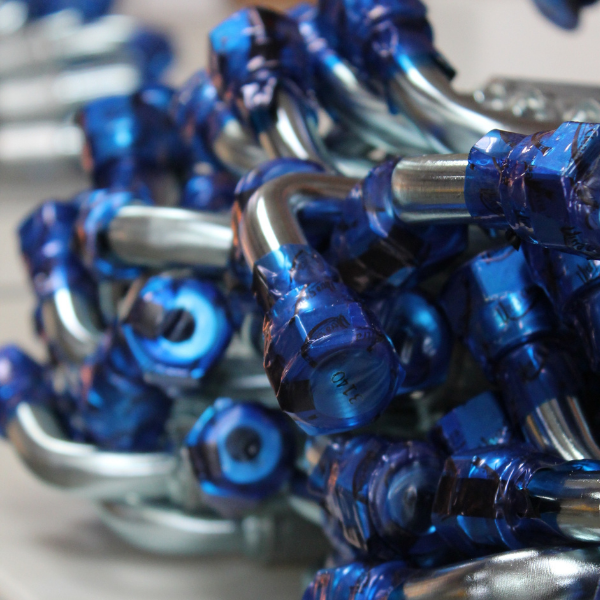
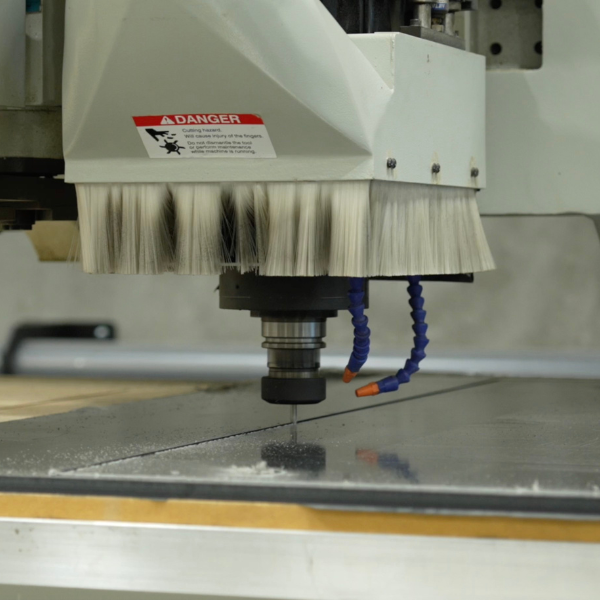
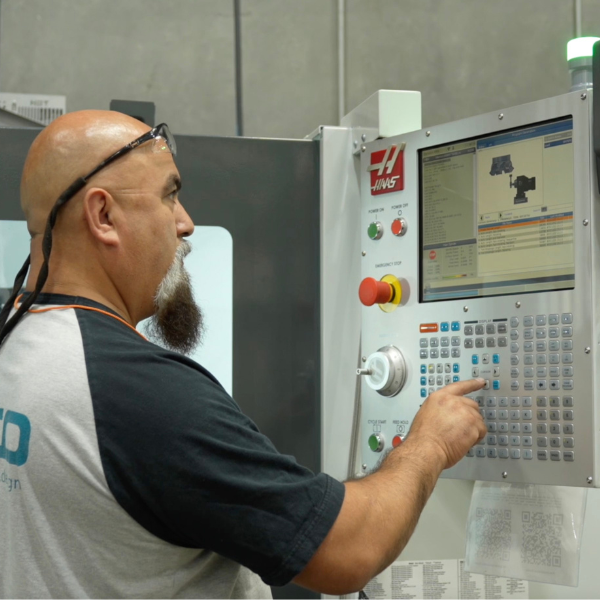



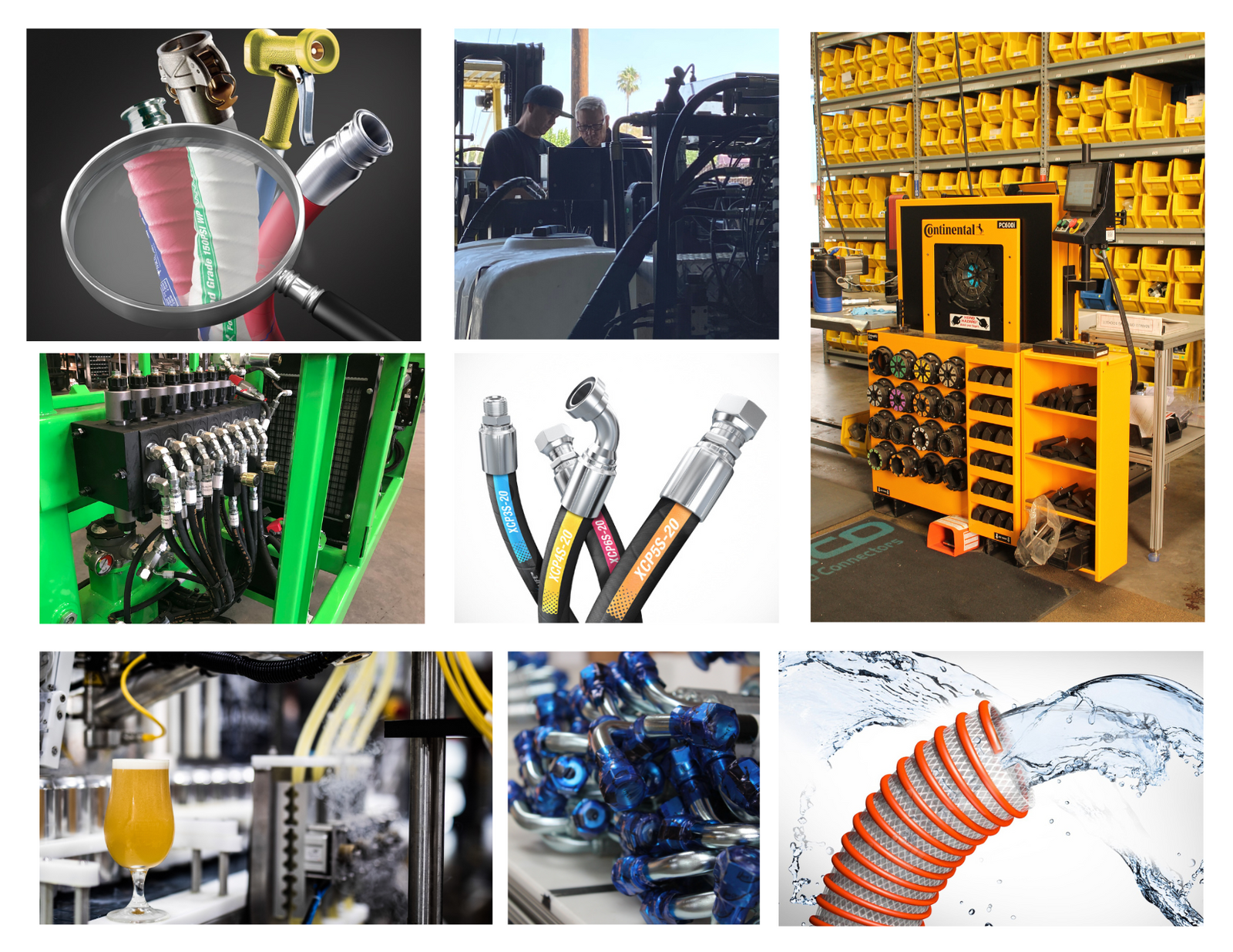




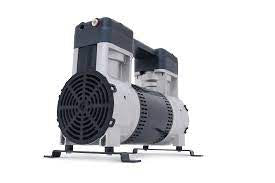

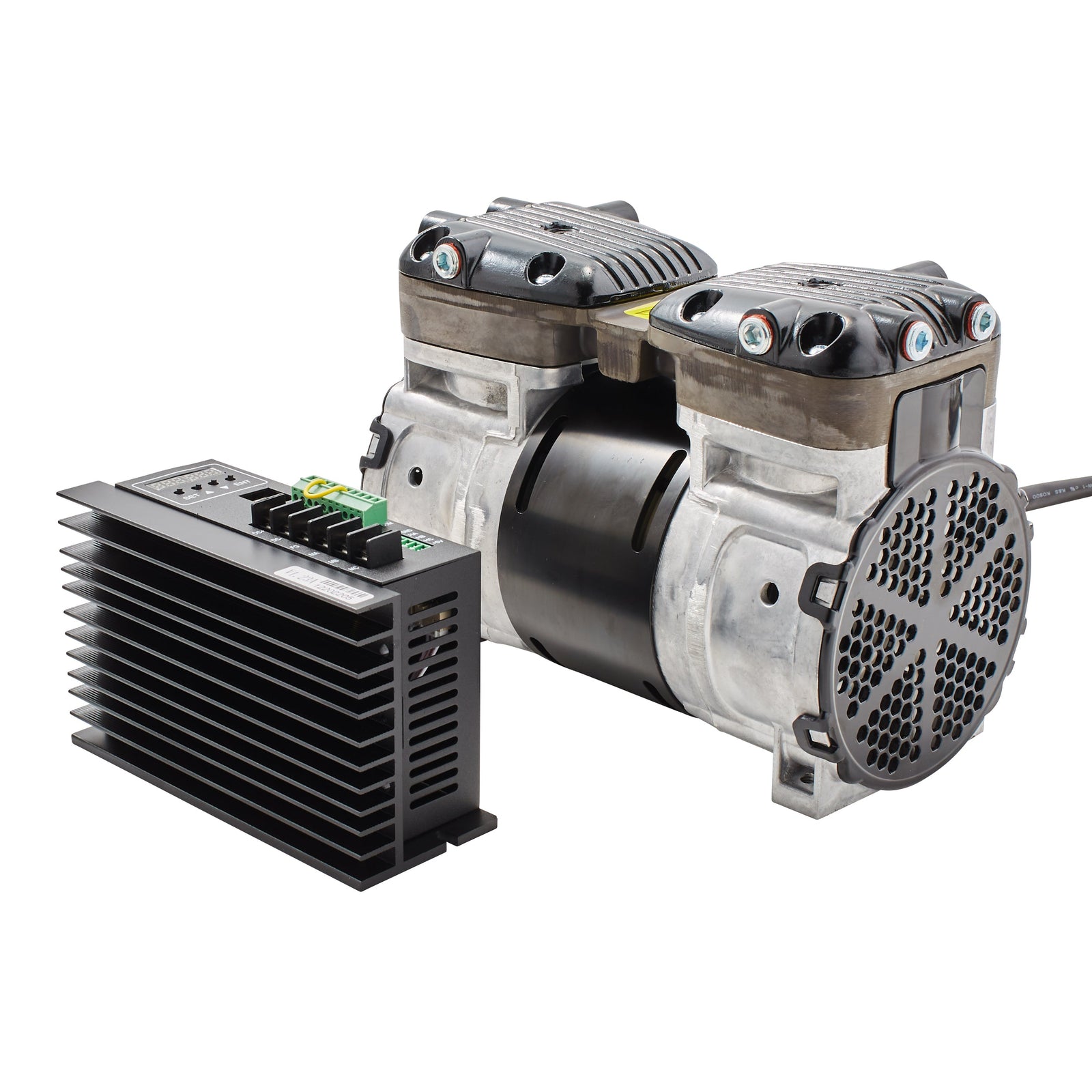
Leave a comment (all fields required)